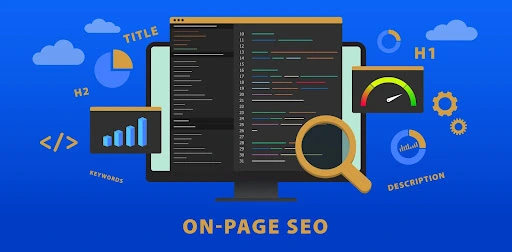5 Common SEO Mistakes to Avoid in Your Rich Snippet

As experts in SEO and copywriting, we understand the importance of rich snippets in improving the visibility of your website on Google search engine results pages (SERPs). Rich snippets provide a summary of your webpage’s content to users, giving them an idea of what to expect before they click through to your website.
However, many website owners make common SEO mistakes when implementing rich snippet schema, which can hurt their search engine rankings. In this article, we will discuss the top five SEO mistakes to avoid in your rich snippet implementation to help you rank higher on Google.
-
Not Using Structured Data Markup
One of the most common mistakes that website owners make is not using structured data markup in their rich snippet implementation. Structured data markup is a type of code that helps search engines understand the content on your webpage.
By adding structured data markup to your webpage, you provide search engines with additional information about your content, such as the type of content, its author, and the date it was published. This can help your webpage appear more prominently in search engine results pages.
-
Not Including Relevant Information in Your Rich Snippet
Another common mistake is not including relevant information in your rich snippet schema. Your rich snippet schema should provide users with a concise summary of your webpage’s content. It should include important information such as the title of the page, the author, the date it was published, and a brief description of the content. Additionally, if your webpage contains a video or an image, you should include this information in your rich snippet to help users find relevant content.
-
Overusing Keywords
While it is important to include keywords in your rich snippet schema, overusing them can hurt your search engine rankings. Keyword stuffing can trigger Google’s spam filters and result in a penalty or even a ban from the search engine. Instead, focus on using relevant keywords in your rich snippet that accurately reflect the content on your webpage.
-
Using Duplicate Content in Your Rich Snippet
Using duplicate content in your rich snippet schema can also hurt your search engine rankings. Google penalizes websites that use duplicate content, as it can be seen as an attempt to manipulate search engine rankings. Instead, make sure that the content in your rich snippet is unique and accurately reflects the content on your webpage.
-
NotTesting Your Rich Snippet
Finally, one of the most common mistakes that website owners make is not testing their rich snippet implementation. It is important to test your rich snippet to ensure that it appears correctly on different devices and search engines. You can use Google’s Structured Data Testing Tool to check your rich snippet implementation and identify any issues that may be affecting your search engine rankings.
Conclusion
In conclusion, implementing rich snippet schema on your webpage can be a powerful tool in improving your search engine rankings. However, it is important to avoid common SEO mistakes that can hurt your rankings. By using structured data markup, including relevant information, avoiding keyword stuffing and duplicate content, and testing your rich snippet schema implementation, you can ensure that your webpage appears prominently on Google search engine results pages.

